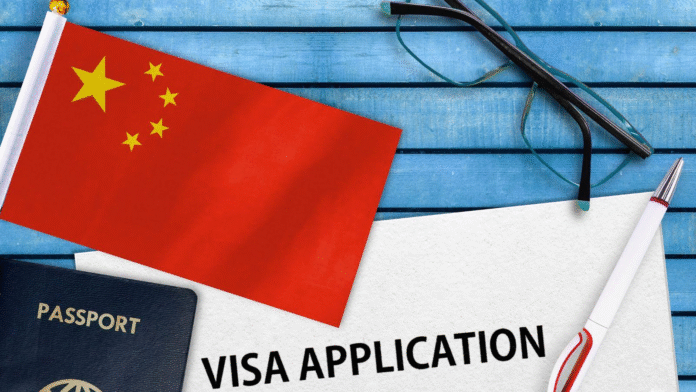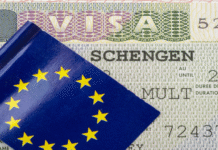China’s Visa-Free Policies are sparking a tourism boom, boosting foreign arrivals and spending, especially in luxury retail and major city hotspots.
China’s Visa-Free Policies are rapidly reshaping the global tourism landscape. The nation’s strategic relaxation of visa requirements, encompassing unilateral visa-waivers, transit exemptions, and specific programs for Hainan Island, has sparked a remarkable resurgence in inbound tourism and significantly boosted foreign visitor spending, particularly within the lucrative duty-free and luxury shopping sectors.
Surge in Inbound Arrivals
The impact of these policies is evident in the numbers. In 2024, China witnessed a staggering 20.1 million foreign visitors entering under visa-free arrangements, an impressive 112 percent surge compared to 2023. Overall, China welcomed 26.9 million inbound arrivals, generating approximately US $94.2 billion in tourism revenue. These figures represent a 95 percent increase in arrivals and a 78 percent rise in spending, bringing the industry to 85 percent of its pre-pandemic levels.
Destination Hotspots & Regional Trends
Major Chinese cities are directly benefiting from these relaxed policies: Shanghai recorded a 44.8 percent year-on-year increase in foreign entries during the first half of 2025, with 1.4 million visitors arriving visa-free—a threefold increase over the previous year. Beijing saw 840,000 visa-free entries in the same period, doubling the figure from the first half of 2024, while Chengdu experienced a 120 percent increase in visa-free visits during the same timeframe. The impact was also evident during the Dragon Boat Festival in June 2025, which alone brought in 231,000 visa-free arrivals, marking a 59 percent year-on-year rise.
Policy Expansion & Mechanisms
As of June 2025, China permits visa-free entry for stays of up to 30 days to citizens of 74 countries, encompassing much of Europe, select Middle Eastern, Latin American, and Asian nations. These trial exemptions have proven beneficial for both tourism and business travelers. Additionally, 10-day transit visas on arrival are available for tourists from over 50 countries, specifically targeting airline transits. Hainan Island continues to drive its duty-free strategy with visa-exempt access for 30-day stays across 59 countries, aligning with its thriving luxury retail and travel infrastructure.
Tourism Recovery & Business Implications
The hospitality sector has been quick to capitalize on this surge. Luxury tour operators and destination management companies report over 50 percent growth in business from European clients compared to pre-pandemic levels. This represents a significant shift, with European contributions to their business rising from less than 5 percent to approximately 20 percent. Early 2025 online bookings on platforms like Trip.com doubled, with 75 percent sourced from visa-waiver countries.
The policy’s impact is dual-pronged: it revitalizes international traffic and bolsters China’s soft power appeal. International travelers are increasingly highlighting China’s modern infrastructure, high-speed rail, vibrant urban culture, and dynamic shopping ecosystems, signaling a positive shift in global perception.
Despite strong momentum, a full recovery of tourism arrivals and business travel still faces certain constraints. These include ongoing flight capacity limitations, geopolitical friction, and varying levels of inclusion for American and African markets. Nevertheless, authoritative forecasts suggest inbound tourism will continue its upward trend throughout 2025, propelled by expanded visa access and improved traveler facilitation.










